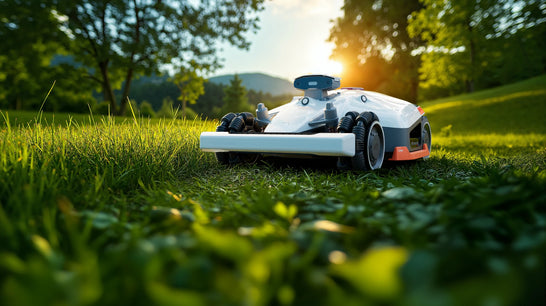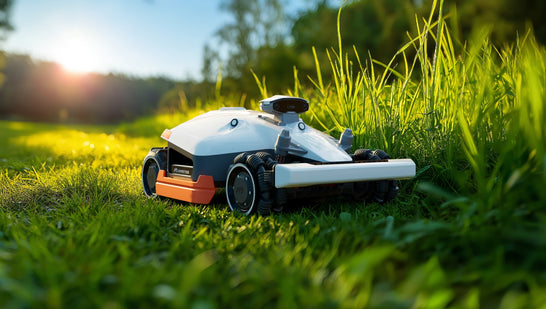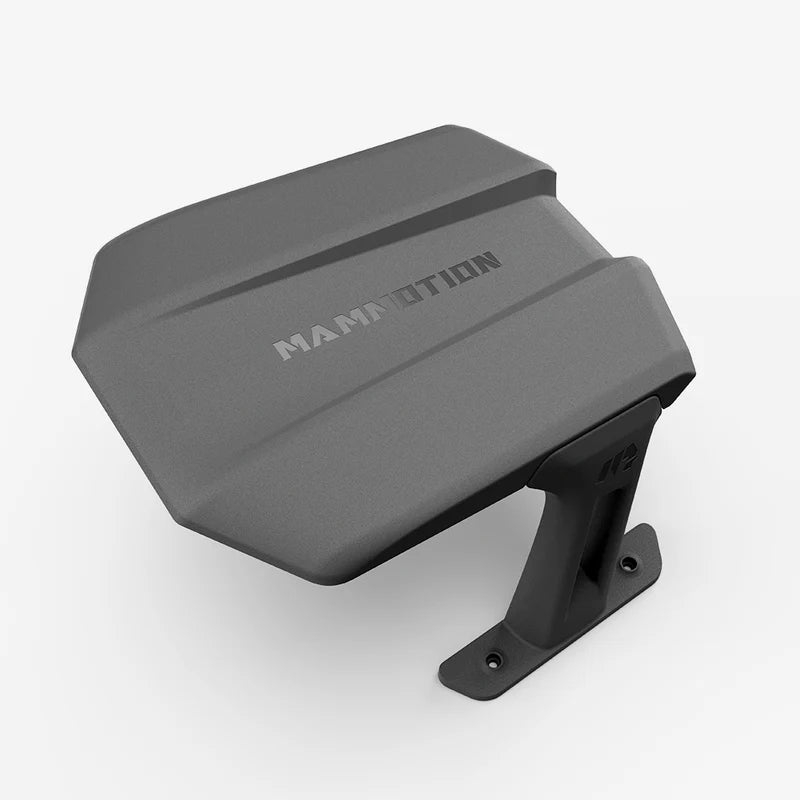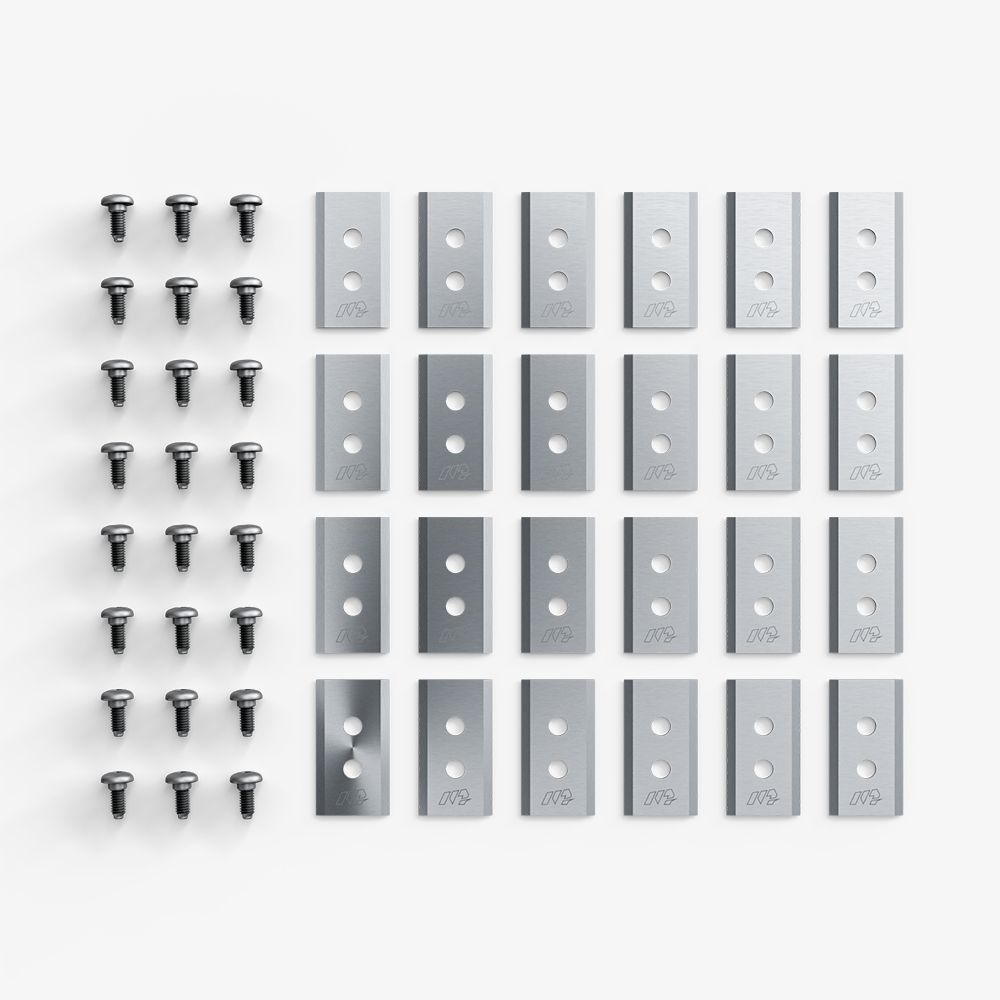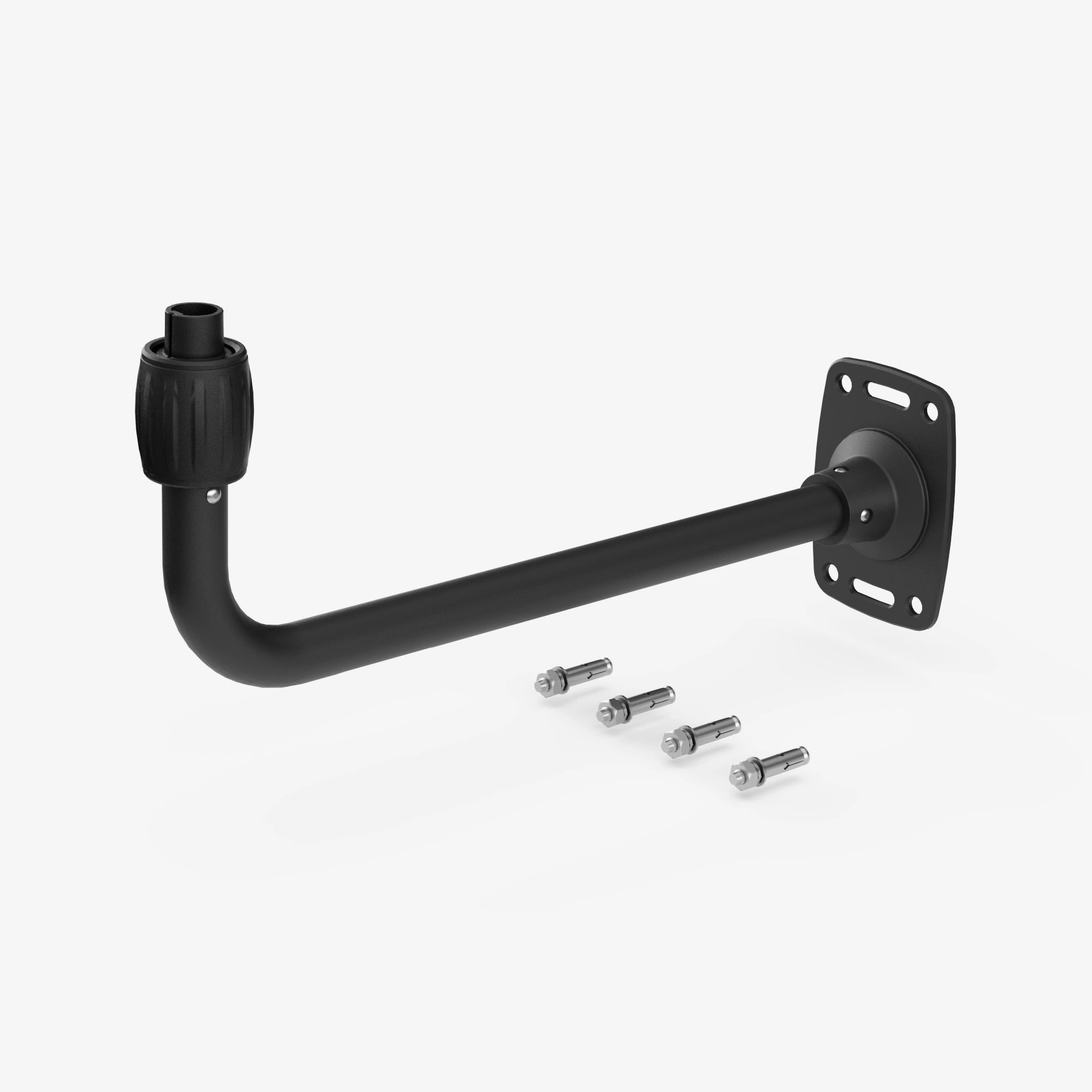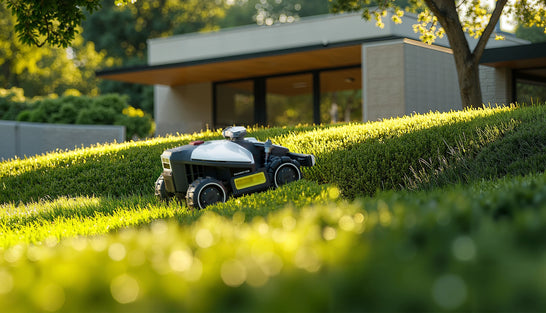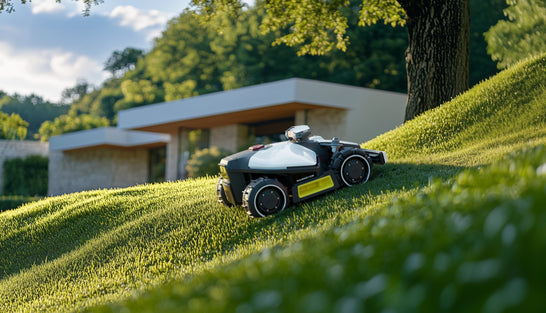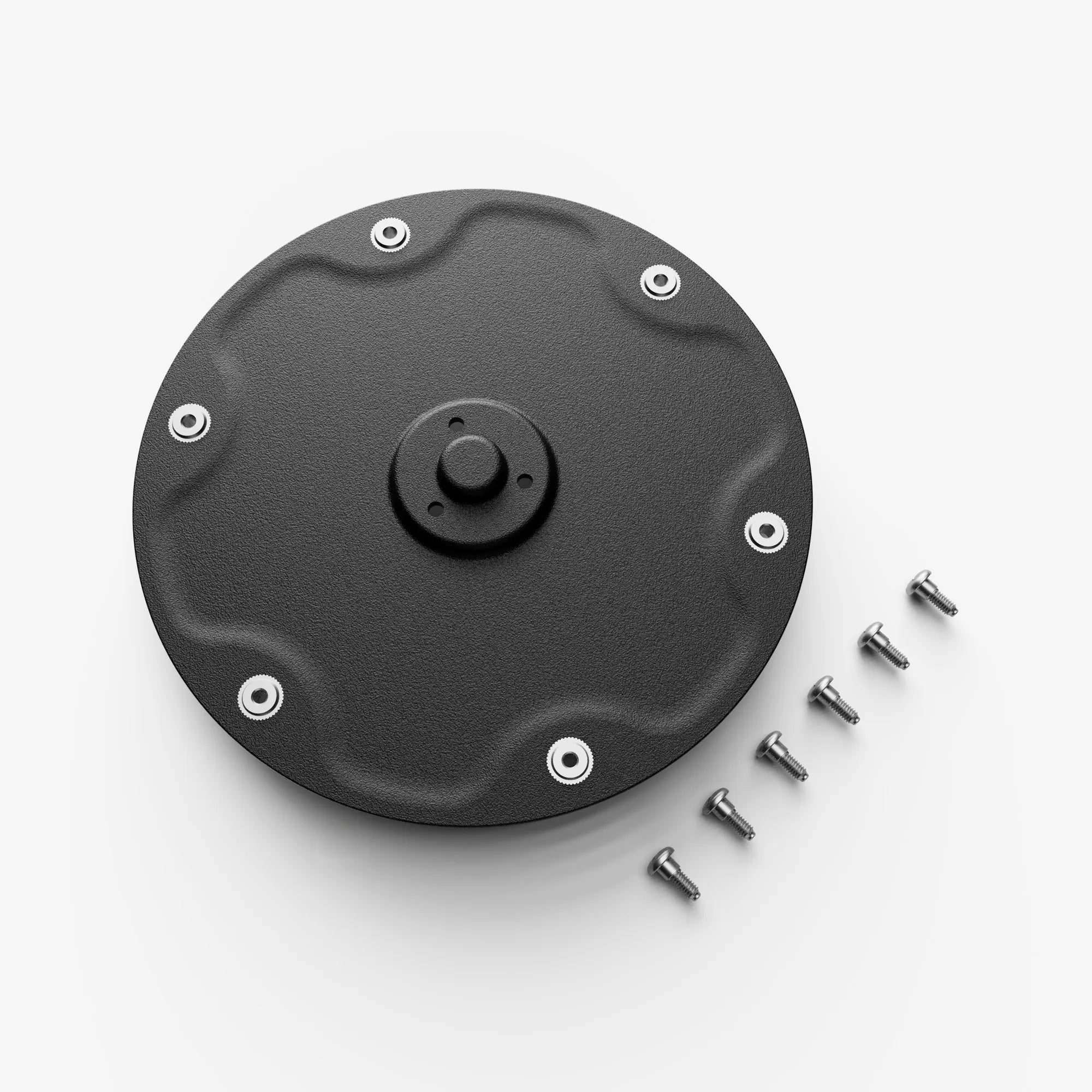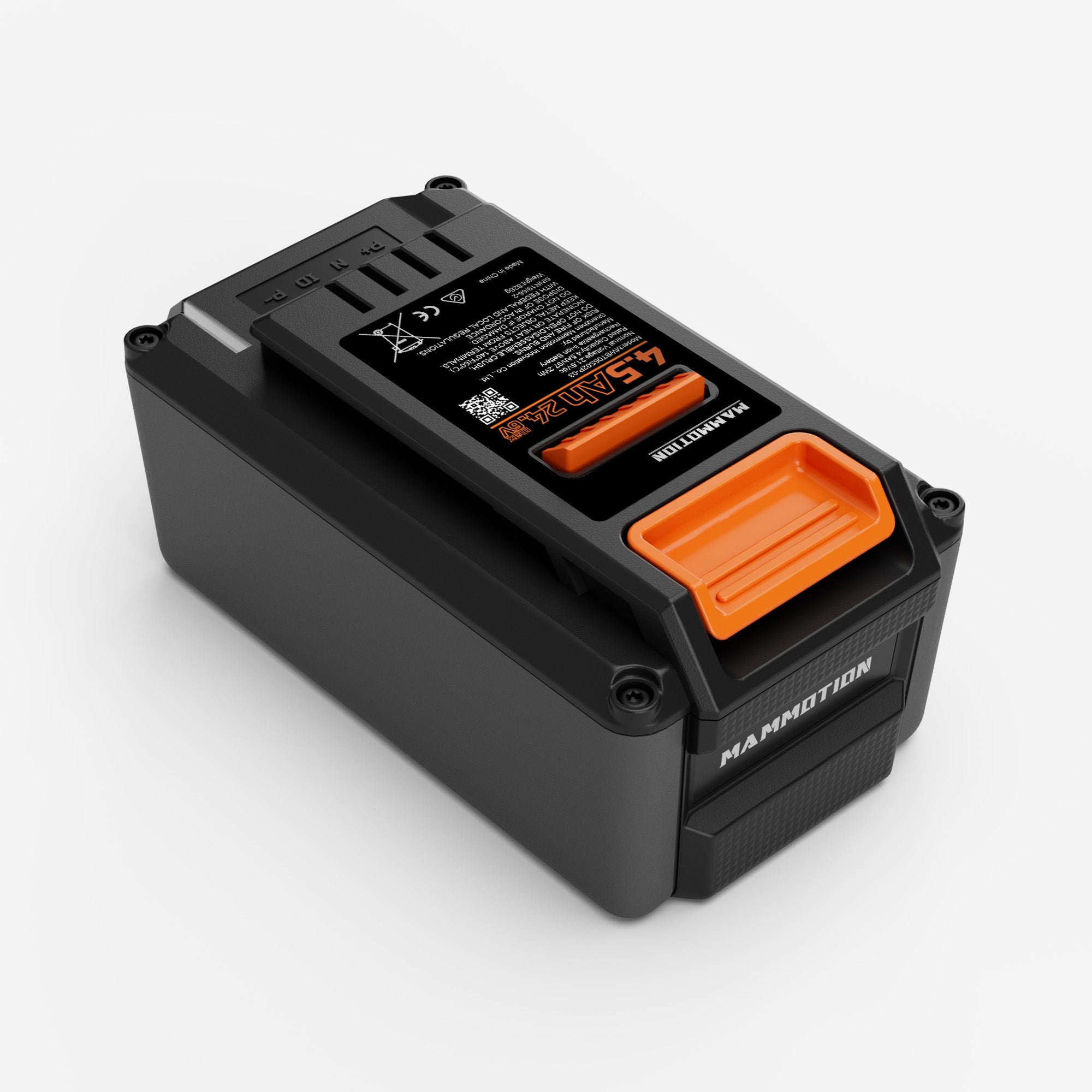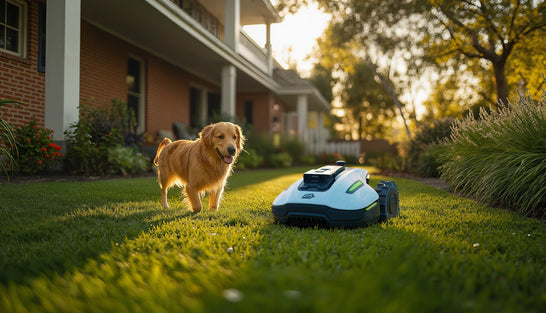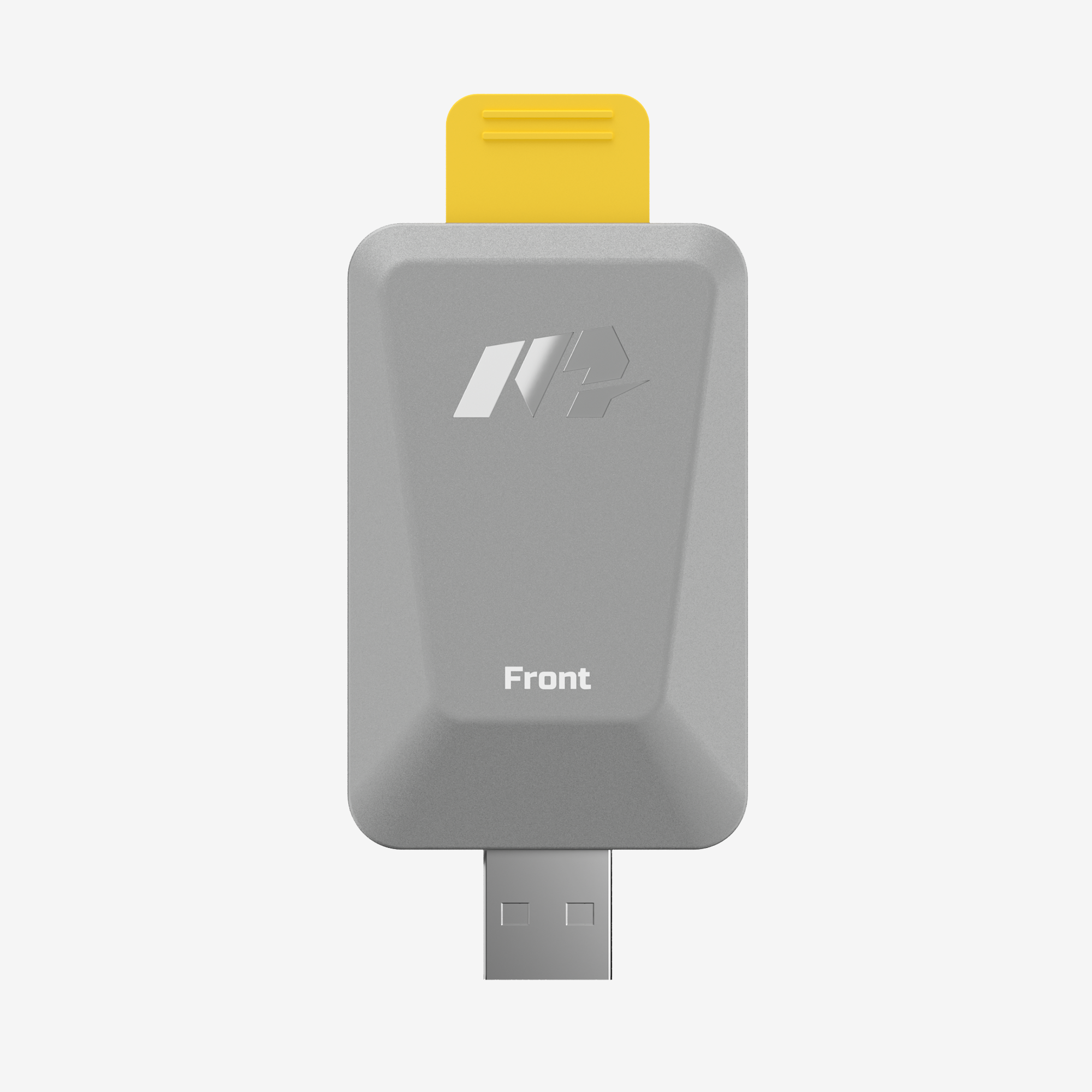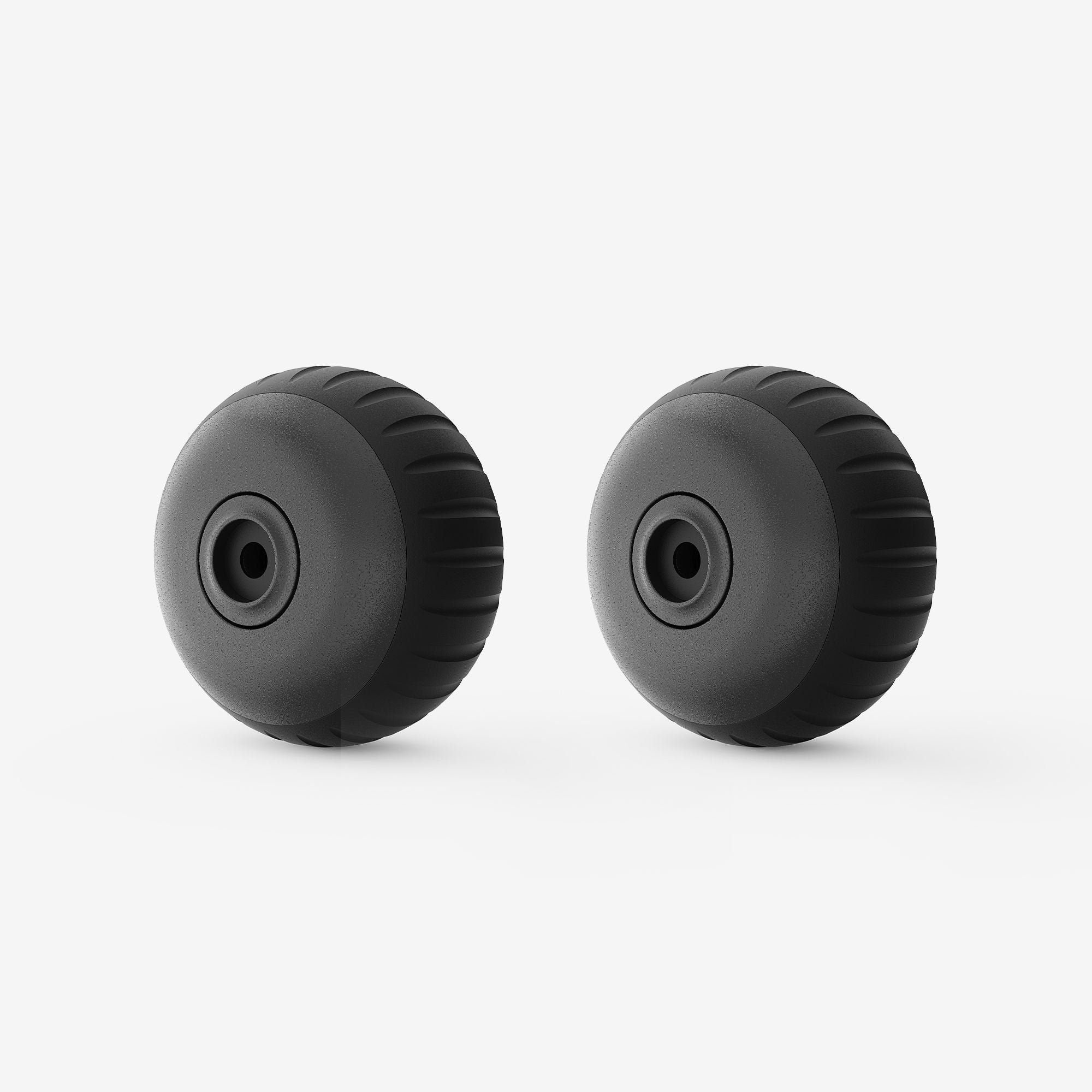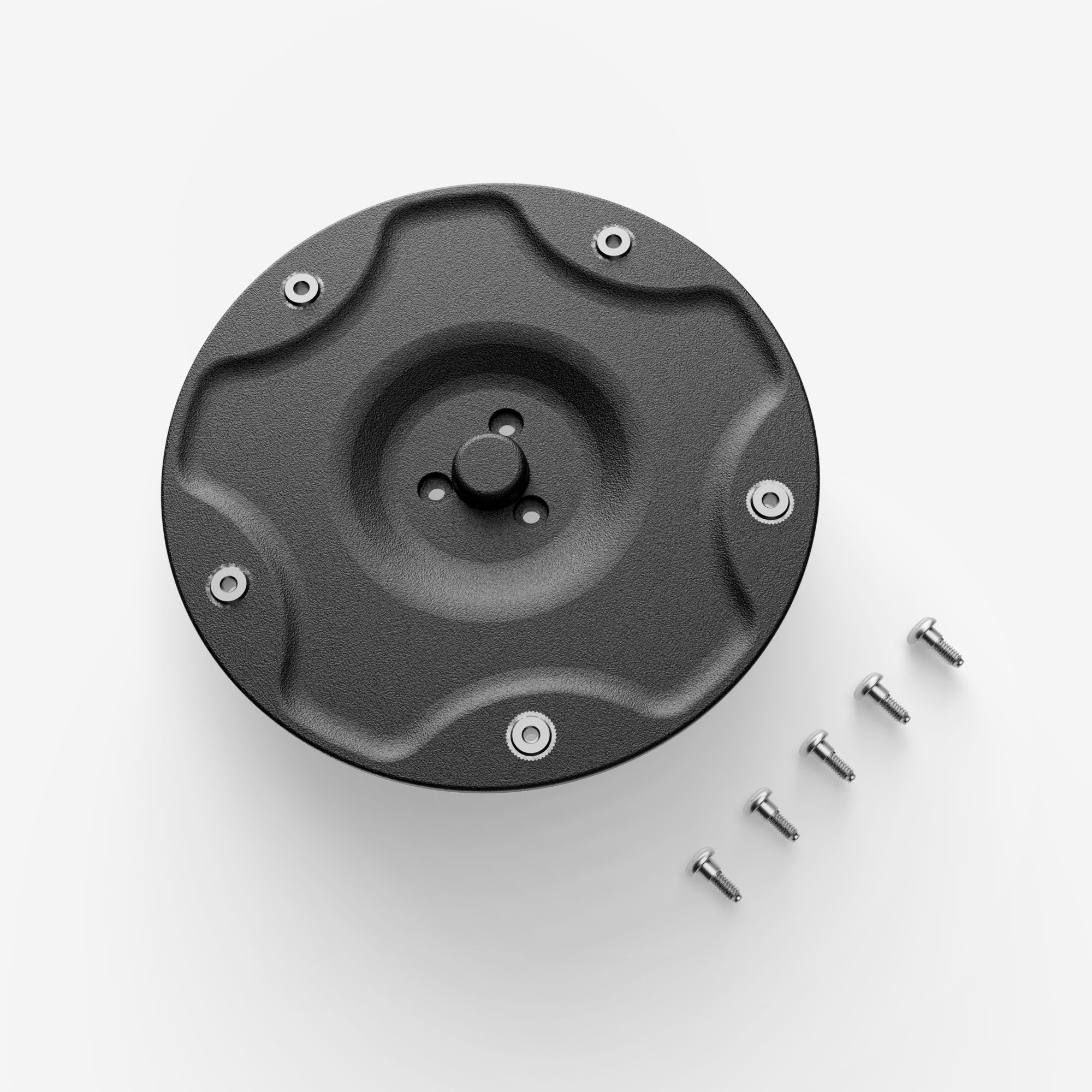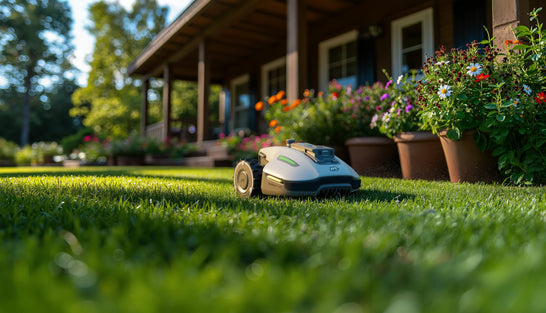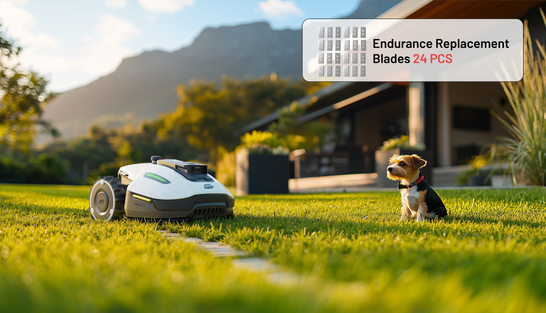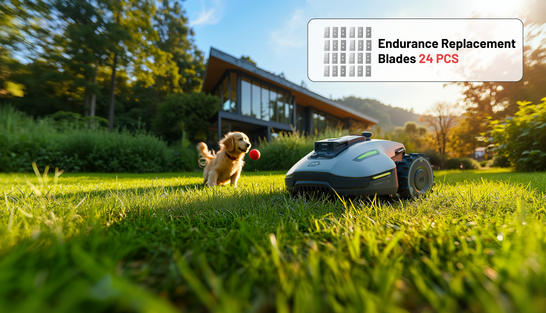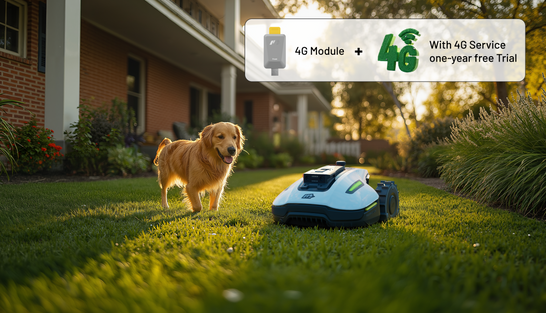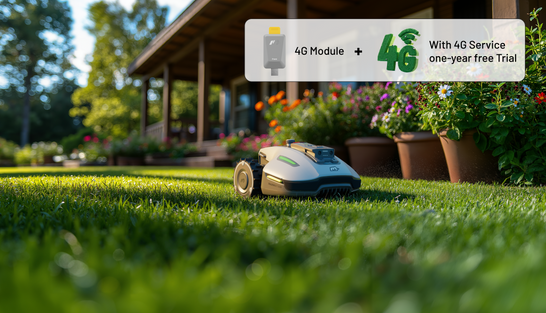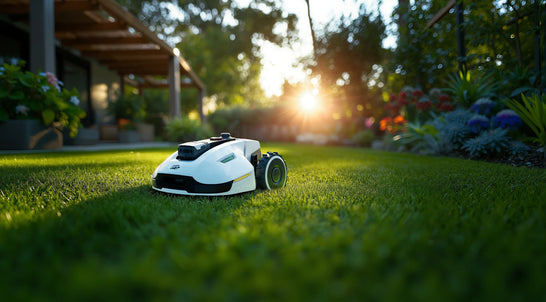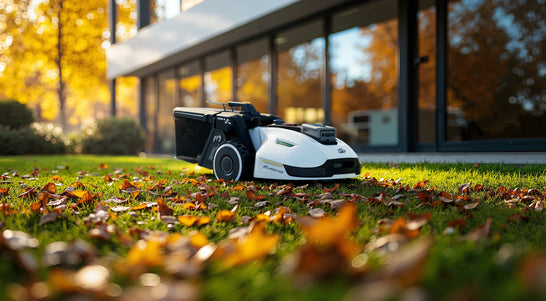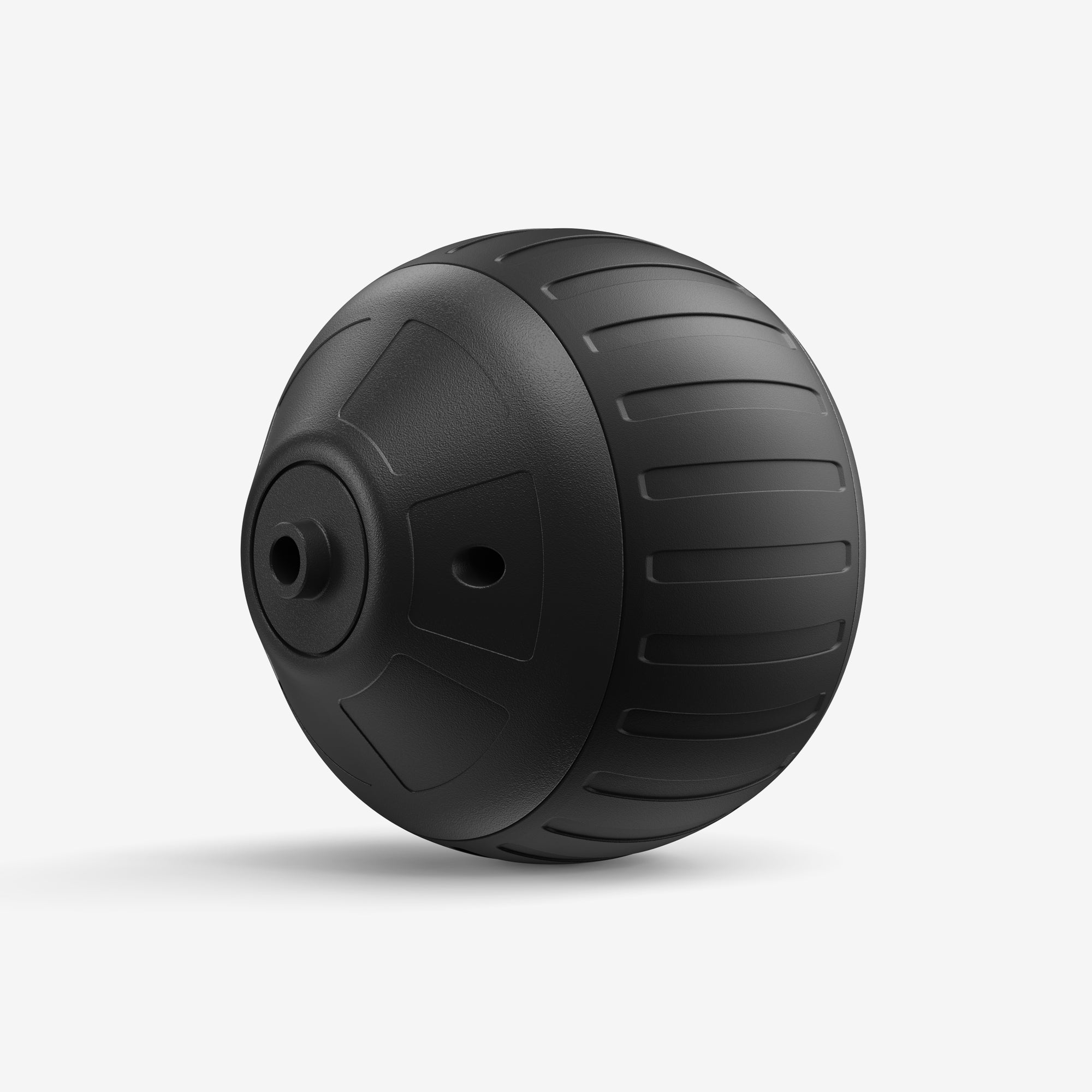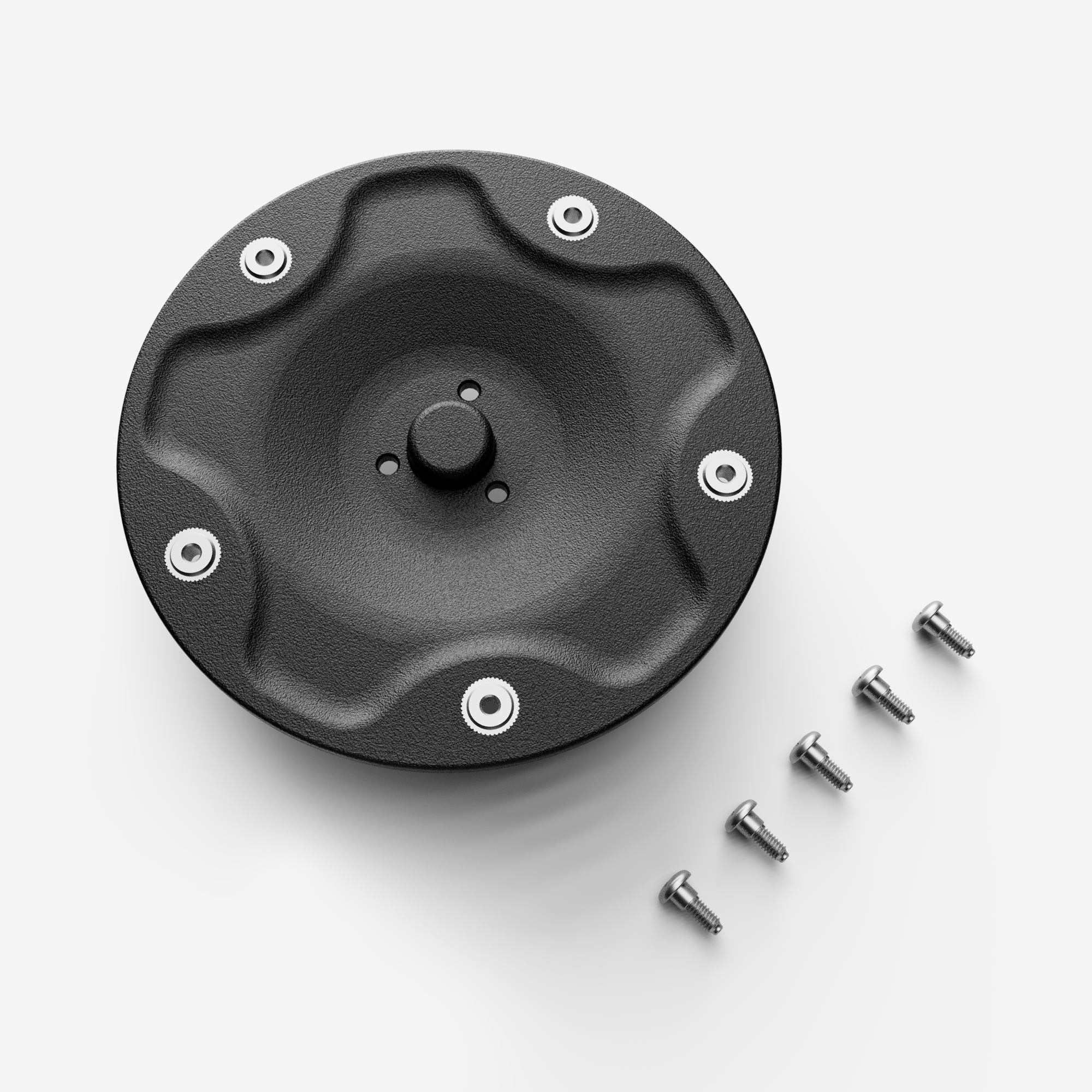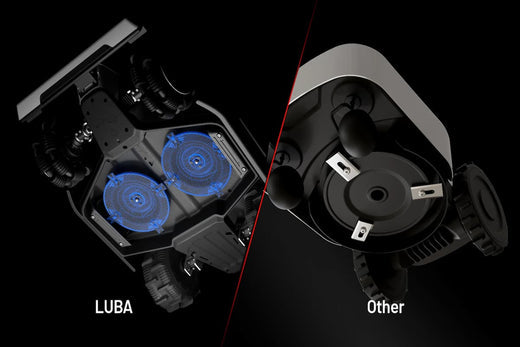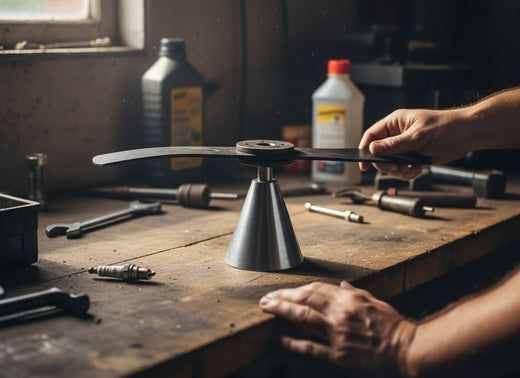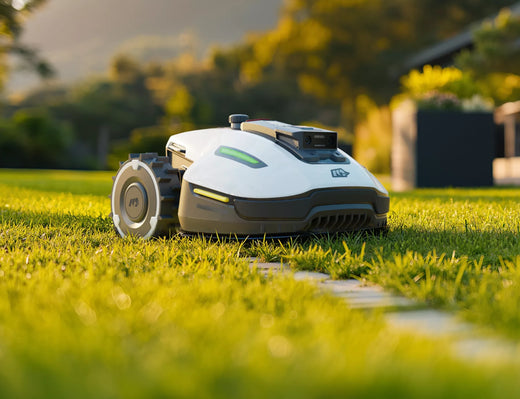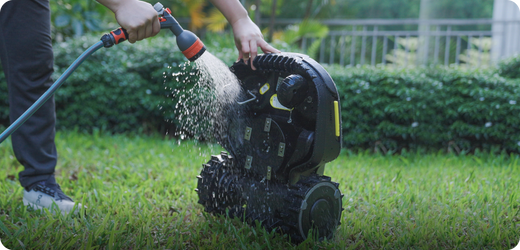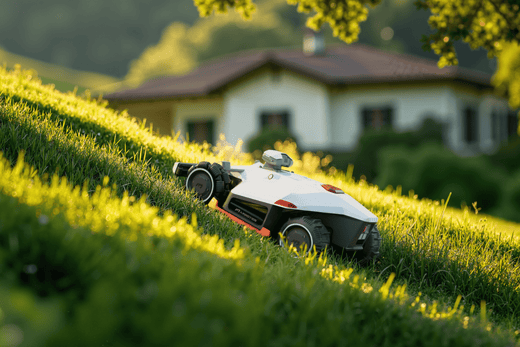Robotic lawn mowers have revolutionized lawn care, offering hands-free convenience and efficiency. However, their performance heavily depends on one critical component: the blades.
So, how long do robot mower blades last? The answer depends on factors like lawn conditions, usage frequency, and blade quality. For homeowners and professionals alike, understanding blade maintenance can make the difference between a pristine lawn and uneven patches.
In this guide, we’ll dive into: everything about robot mower blades, whether you need to know key factors that influence the blade, and practical tips to maximize blade longevity, you will get the answer after you read.
Different Types of Robot Mower Blades Lifespan
The longevity of your robotic mower blades depends largely on their material and usage conditions. Here’s a quick breakdown:
Standard Steel Blades (6–8 Weeks)
The most common type, these blades are affordable and effective for typical lawns. However, frequent contact with rocks, branches, or thick grass can shorten their lifespan.
Hardened or Coated Blades (Up to 3 Months)
Made from durable materials like hardened steel or treated with protective coatings, these blades resist dulling and damage better than standard options. They’re ideal for homeowners seeking a balance between cost and durability.
Specialty Blades (3+ Months)
High-end options, such as titanium-coated or self-sharpening blades, offer unmatched durability. These are excellent for larger properties or lawns with challenging terrain.
Understanding these categories can help you choose the best blades for your needs while planning regular replacements to maintain peak performance.
Key Factors That Affect Robot Mower Blades Lifespan
To maximize the performance and longevity of your robotic mower blades, consider the following critical factors:
1. Lawn Conditions: The Foundation of Durability
Obstacles: Rocks, branches, and debris can nick or dull blades, leading to quicker wear. Regularly clear your lawn to reduce these risks.
Grass Type and Density: Dense, thick grass strains blades more than evenly trimmed or thin lawns, accelerating wear and tear.
2. Frequency of Use: Mowing Patterns Matter
Daily or Frequent Mowing: Robotic mowers typically cut multiple times a week, meaning blades are in constant use and wear down faster.
Peak Growth Seasons: Spring and summer growth spurts demand frequent mowing, shortening blade lifespan.
3. Blade Quality: A Critical Investment
Standard vs. Hardened Blades: Hardened steel or coated blades last longer than standard steel, especially on rough terrain.
Specialized Options: Blades optimized by manufacturers for specific mowers can improve cutting efficiency and durability.
4. Weather Conditions: Moisture Matters
Wet Grass Challenges: Cutting wet grass can cause blades to clog, dull faster, and corrode. Aim to mow when the grass is dry.
Seasonal Changes: Reduced mowing during dormant seasons can extend blade lifespan naturally.
Maintaining Your Robot Mower Blades: Practical Tips
Proper care and maintenance are essential to keeping your robotic mower blades sharp and efficient. Follow these key strategies to maximize their lifespan:
1. Clean and Maintain Blades Regularly
Remove Debris: After each use, clean blades with a soft brush or compressed air to eliminate grass clippings and dirt. This prevents buildup that can cause corrosion and dulling.
Apply Lubrication: Periodically lubricate the blade spindle to minimize friction, reducing premature dulling.
2. Inspect Blades Frequently
Check for Damage: Examine blades for nicks, cracks, or dents. Even minor imperfections can impact performance. Replace or sharpen damaged blades promptly.
Ensure Tightness: Confirm that blades are securely fastened. Loose blades can wobble, leading to uneven cuts and additional wear.
3. Balance Sharpening and Replacement
Sharpen Blades Carefully: Properly sharpen blades to maintain cutting efficiency, or use manufacturer services for precision sharpening.
Replace When Necessary: Replace blades when they’re too worn for effective sharpening. Delayed replacement can lead to uneven mowing and excessive strain on your mower.
4. Avoid Mowing Wet Grass
Stick to Dry Conditions: Wet grass dulls blades faster and clogs the mower. Plan mowing sessions when your lawn is dry to maintain blade sharpness and reduce corrosion risks.
When Should You Replace Robotic Mower Blades?
Knowing when to replace the blades of your robotic mower is crucial to maintaining optimal cutting performance. Even with regular upkeep, there comes a time when blades must be replaced. Look for these signs to determine the right time for a blade swap:
1. Uneven Grass Cuts
Blades losing their sharpness often leave patches of uncut or uneven grass. This is a clear indication that their cutting efficiency has declined.
2. Excessive Noise or Vibration
Unusual noises or excessive vibrations can signal worn or damaged blades. Dull blades force the mower’s motor to work harder, creating more noise and instability.
3. Visible Blade Wear or Damage
Inspect your blades regularly for cracks, chips, or bends. Even minor damage can affect performance. Replace severely damaged blades promptly to avoid further issues.
4. Reduced Mowing Efficiency
If your mower takes longer to cover the same area or misses patches of grass it previously handled with ease, dull blades might be the cause. Slow performance is a common sign of blade wear.
Final Thoughts: Keeping Your Robot Mower Blades in Top Shape
The durability and performance of robotic mower blades depend on factors like lawn conditions, blade quality, and frequency of use. Regular maintenance and timely replacements are essential for optimal cutting results and long-term cost-effectiveness.
By cleaning, inspecting, and sharpening your blades routinely, you ensure consistent mowing performance and extend the lifespan of your mower. Replacing worn blades at the right time prevents poor cuts, reduces strain on your mower, and saves you unnecessary repair costs.
Selecting the right blades for your lawn type and usage patterns ensures better results and minimizes maintenance hassles. With proper care, your robotic mower can deliver precise, efficient mowing year after year—helping you maintain a beautiful lawn with minimal effort.
Frequently Asked Questions about Robot Mower Blades
1. How often should I change robot mower blades?
Usually 6 to 8 weeks. However, the frequency varies depending on the model, usage, and lawn condition. We recommend changing the blades of professional robot mowers every 6 to 8 weeks to maintain optimal cutting performance and achieve a high-quality finish.
2. Is it better to sharpen or replace mower blades?
For robotic mowers, it is generally better to replace the blades rather than sharpen them. The blades are usually attached with screws, and sharpening them can cause imbalance, affecting mowing performance. Replacing the blades ensures efficient operation and optimal cutting quality.
3. How to tell when mower blades are bad?
- Uneven cuts: If the mower leaves behind patches of uneven grass, the blades may be dull or damaged.
- Visible damage: Chips, cracks, or bends in the blades indicate they need replacement.
- Increased noise: Dull blades may cause the mower to operate louder than usual.
- Poor lawn appearance: Yellow or stressed patches on your lawn could result from uneven cutting.
4. How long should mower blades last?
The lifespan of mower blades depends on the type, usage, and lawn conditions. Standard steel blades typically last 6 to 8 weeks of regular use. Premium blades, such as titanium-coated or hardened steel, may last 2-3 times longer, up to 12 weeks or more, especially in gentler lawn conditions.
5. What is the average cost to sharpen lawn mower blades?
The cost to sharpen lawn mower blades typically ranges between $10 to $20 per sharpening, depending on the service provider. However, for robotic lawn mowers, replacing the blades is usually more effective than sharpening, ensuring better cutting performance and longevity.

